The Jeannette Rankin Brigade
Jeannette Rankin was used to being outspoken. Born in Missoula County, Montana in 1880, Rankin went from working on her parents’ farm to organizing in the women’s suffrage movement. In 1916, she made history as the first woman elected to Congress. She introduced the resolution which became the Nineteenth Amendment, finally giving women the right to vote.
After she lost a bid for a Senate seat in 1918, Rankin dedicated herself to activism. A lifelong pacifist, Rankin founded the Georgia Peace Society and was an active member of the Women’s International League for Peace and Freedom (WILPF). She served as a lobbyist for the National Council for the Prevention of War for a decade.
Rankin won election for her second House term in 1940. After the attack on Pearl Harbor, amid “a chorus of hisses and boos,” Rankin became the only member out of 389 delegates to vote against war with Japan.[1] She later stated, “As a woman I can’t go to war and I refuse to send anyone else.”[2]
Because of her vote, Rankin became a political pariah. But that hardly stopped her from leading anti-war marches well into her eighties, including one on January 15, 1968 known as “The Jeannette Rankin Brigade.”[3]
The Brigade began in May 1967 when Rankin was invited to speak to Atlantans for Peace, a civil rights group in Georgia. According to Rankin, on the day of her speech newspapers announced that the death toll in Vietnam had reached 10,000 soldiers. “If we had 10,000 women who were willing to make the sacrifices that these boys had given their lives for – that we could stop the war,” she said.[4]
They slated the march for January 15, 1968, the first day of the new session of Congress. A coalition of pacifists and feminists began fundraising and publicity efforts. Rankin herself entertained a third run for Congress in her home state of Montana.[5] If elected, Rankin would have been the oldest person ever elected to the House of Representatives at age 89.
The Brigade intended to march from Union Station along Louisiana Ave. to the Capitol, where they would demand Congress withdraw troops from Vietnam, make reparations to the Vietnamese, and “refuse the insatiable demands of the military industrial complex.”[6] Their non-violent demonstration was inspired by the teachings of Mahatma Gandhi, which Rankin studied on her many trips to India.
As the day of the march drew closer, the Brigade was met with the news that the Capitol Police had invoked the law forbidding demonstrations on Capitol grounds. It was the first use of the law, which had been on the books since 1882.[7] The Brigade sued the Chief of Capitol Police on the grounds that the law violated their First Amendment rights, but without a decision by the day of the march, they would be breaking the law.
On the day of the march, about 5,000 women gathered at Union Station and marched silently to the outside plaza. Rankin was in the first row, holding a banner that read “End the war in Vietnam and social crisis at home!” Many women wore black to underscore the death toll. Folk singer Judy Collins led the marchers in “This Land is Your Land,” “America,” and other ballads.
The march did not go to the Capitol. Although the Brigade leaders were willing to face arrest, they said it was more important to “attract women for whom it was a large enough step just to declare their feelings in public.”[8]
Fortunately, as a former Congresswoman, Rankin had the right to appear on the House floor to present their peace petition to House Speaker John McCormack. She also met with Senate Majority Leader Mike Mansfield of Montana. Rankin and Mansfield went way back – after losing to Rankin in the 1940 election, Mansfield claimed her seat in Congress in 1942.
The Brigade then bussed to the Omni Shoreham Hotel, where prominent marchers such as Coretta Scott King and Dagmar Wilson gave speeches calling for peace.
But some marchers were unhappy with the Brigade’s image of mourning wives and mothers. A group of between 200 to 500 women wearing “miniskirts and high boots,” called the Radical Women’s Group, tried to commandeer the microphones. They alleged that King and Wilson had been coerced into giving peaceful speeches to appeal to “church women” in the march.[9]
The splinter group invited the marchers to a staged funeral procession of “traditional womanhood” at Arlington National Cemetery. They paraded a dummy in “feminine getup” with “blonde curls,” to a funeral dirge “lamenting woman’s traditional role which encourages men to develop aggression and militarism to prove their masculinity.”[10] They passed out pamphlets about the funeral to Brigade attendants which read:
Don’t Bring Flowers...Do be prepared to sacrifice your traditional female roles. You have refused to hanky-wave boys off to war with admonitions to save the American Mom and Apple Pie. You have resisted your roles of supportive girl friends and tearful widows, receivers of regretful telegrams and worthless medals of honor. And now you must resist approaching Congress playing these same roles that are synonymous with powerlessness. We must not come as passive suppliants begging for favors, for power cooperates only with power. We must learn to fight the warmongers on their own terms, though they believe us capable only of rolling bandages. Until we have united into a force to be reckoned with, we will be patronized and ridiculed into total political ineffectiveness. So if you are really sincere about ending this war, join us tonight and in the future.[11]
The protesters had a point: The Washington Post deemed the Brigade “peaceful and ladylike.”[12] The petition’s dual emphasis on withdrawing from Vietnam and healing a “sick society at home” couched the Brigade’s demands in domestic language.
The aftereffects of the Rankin Brigade’s march, like many anti-Vietnam protests, were difficult to calculate. Congress received the Brigade’s petition but certainly did not act on it. And although the Brigade was the largest women’s march in Washington since 1913, the generation gaps between former suffragettes and young feminists were apparent.[13] In fact, perhaps the biggest thing to come out of the Brigade was the phrase “Sisterhood is Powerful.” Coined by Kathie Sarachild for one of the funeral pamphlets, it became a slogan for second-wave feminism.
Rankin herself deemed the march a success because it “scared the military enough to make them tell Johnson not to run again.”[14] As for Rankin’s run for Congress, her health kept her from pursuing a third term. She died in 1973, at age 92.
Today, a statue of Jeannette Rankin stands in the Capitol’s Statuary Hall, representing Montana. Inscribed “I Cannot Vote For War,” it stands as a reminder of Rankin’s pioneering spirit and unwavering commitment to peace.
Footnotes
- ^ "Jeannette Rankin." United States House of Representatives: History, Art, & Archives. Accessed August 22, 2016. http://history.house.gov/People/Detail/20147?ret=True.
- ^ Ibid.
- ^ The Jeannette Rankin Brigade was by no means the first group to speak out against American involvement in Vietnam. From the founding of Vietnam Veterans against the War to the March on the Pentagon which drew 100,000 people, anti-Vietnam protests mobilized and descended upon Washington. Just days before the Rankin Brigade march, singer, actress, and fellow WILPF member Eartha Kitt left Lady Bird Johnson in tears at a White House luncheon when she confronted the first lady about the effects of the Vietnam War on American youth.
- ^ "Jeannette Rankin." Suffragists Oral History Project. Accessed August 22, 2016. http://texts.cdlib.org/view?docId=kt758005dx.
- ^ “First Congresswoman Elected May Run Again,” Los Angeles Times, December 14, 1967.
- ^ Mrs. John B. Paine Jr., “…and Wearing black,” Boston Globe, January 09, 1968.
- ^ Judith Martin, “Rankin Group Finds Law Hard to Obey,” The Washington Post, January 14, 1968.
- ^ Judith Martin, “Portrait of the Rankin File: Peace in Policy, Manner,” The Washington Post, January 16, 1968.
- ^ Dorothy McCardle, “It was too Tame for the Radicals” The Washington Post, January 16, 1968.
- ^ Shulamith Firestone, “The Jeanette Rankin Brigade: Woman Power? A Summary of Our Involvement,” Notes from the First Year, New York: The New York Radical Women, 1968.
- ^ Ibid.
- ^ Judith Martin, “Portrait of the Rankin File: Peace in Policy, Manner.”
- ^ Michelle Moravec, “Another Mother for Peace: Reconsidering Maternalist Peace Rhetoric from a Historical Perspective 1967-2007,” Journal of Motherhood Initiative 1, no. 1 (2010).
- ^ "Jeannette Rankin." Suffragists Oral History Project.


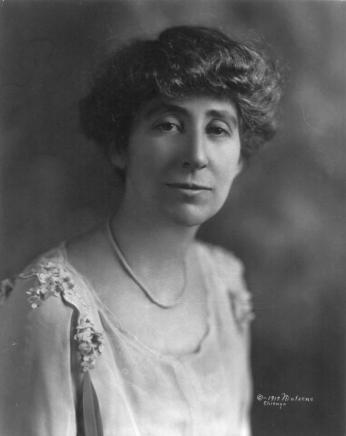
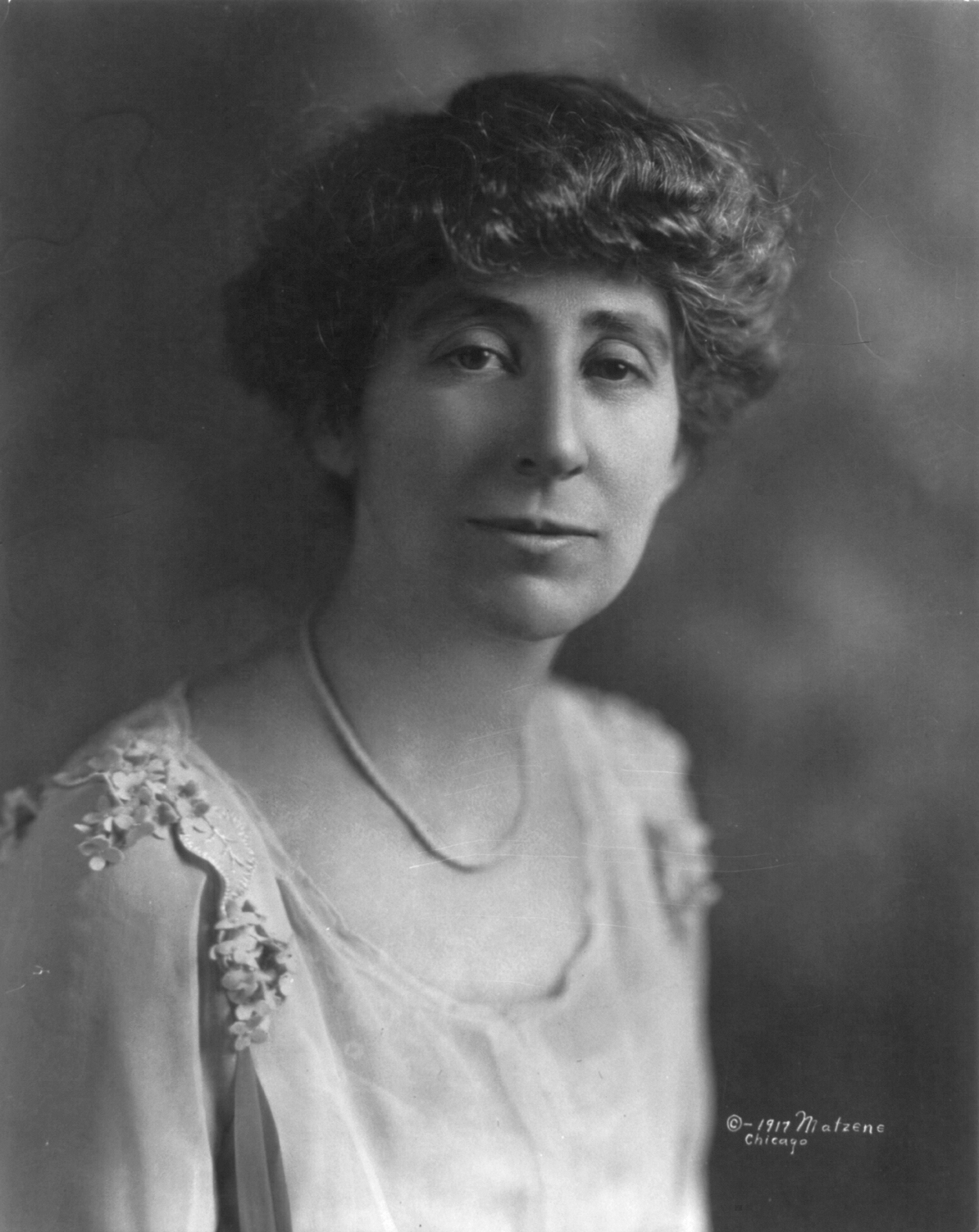
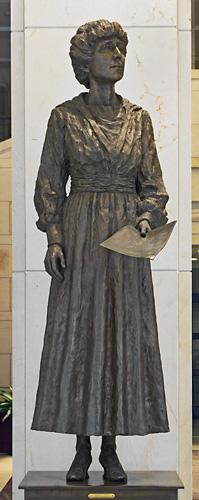
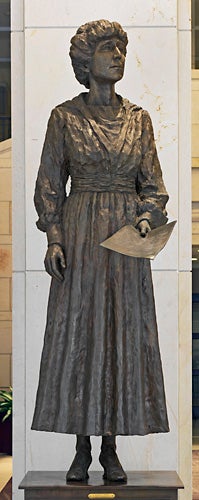
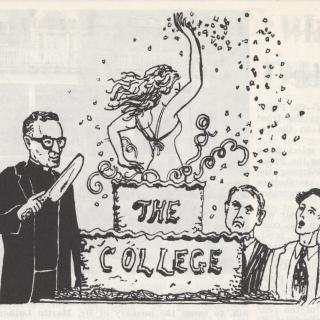
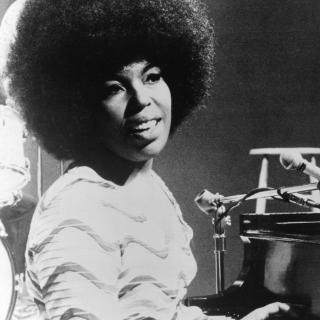
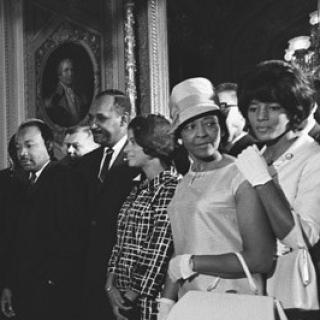
![Sketch of the mythical fuan by Pearson Scott Foresman. [Source: Wikipedia]](/sites/default/files/styles/crop_320x320/public/2023-10/Goatman_Wikipedia_Faun_2_%28PSF%29.png?h=64a074ff&itok=C9Qh-PE1)












